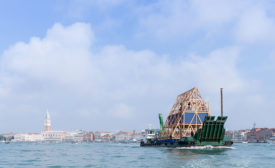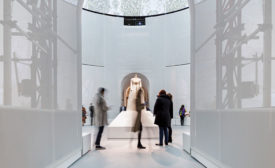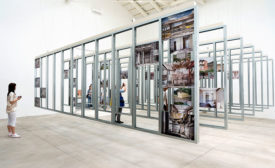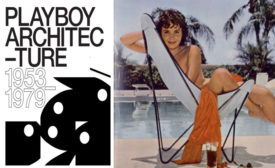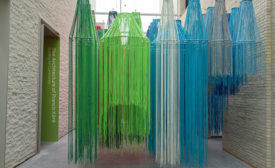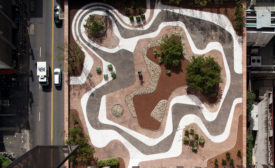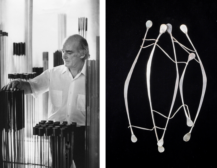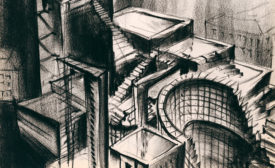Home » Exhibitions
Articles Tagged with ''Exhibitions''
2016 Venice Architecture Biennale Dispatch, Day One
How national pavilions did—and didn’t—respond to Alejandro Aravena’s theme
Read More
Review of Playboy Architecture, 1953-1979
A new exhibition examines architecture’s role in mid-century America’s fantasy creation.
Read More
Exploring Africa’s Creative Landscape
The Philadelphia Museum of Art aims to enrich perceptions of Africa through a sweeping presentation of art, architecture, and design.
Read More
Review of 'Roberto Burle Marx: Brazilian Modernist'
A new show at New York’s Jewish Museum is the first American retrospective of the prolific landscape architect.
Read More
Copyright ©2024. All Rights Reserved BNP Media.
Design, CMS, Hosting & Web Development :: ePublishing
